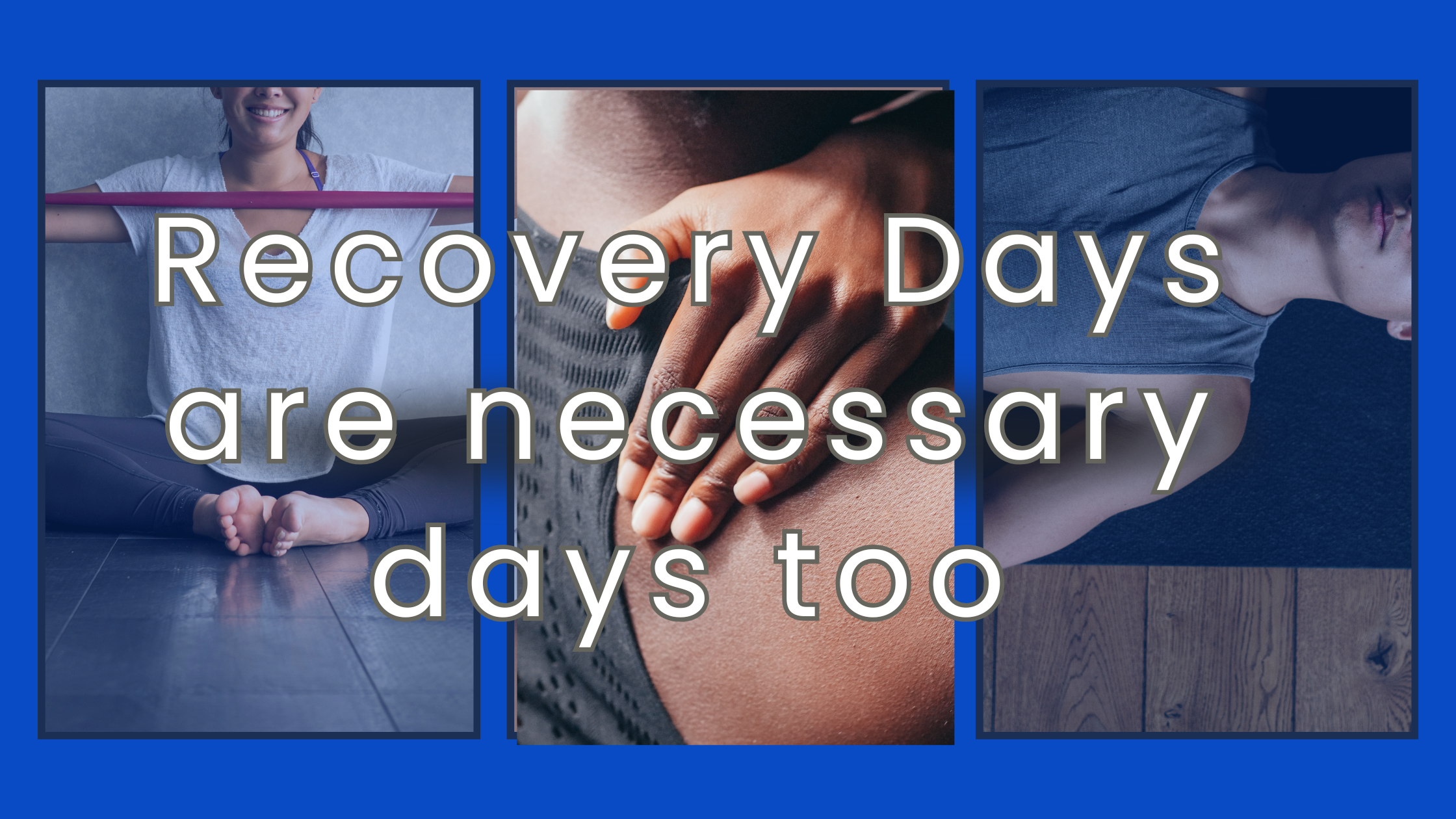Recovery Days are Training Days Too…
In the fitness world, we often glorify intensity, heavier weights, longer workouts, more effort. But what if we told you that one of the most important parts of your progress happens when you’re not training?
Recovery days aren’t ‘days off.’ They’re an essential part of your training plan—the time your body rebuilds, adapts, and grows stronger.
The Science of Recovery
When you train, whether lifting weights, running, or engaging in any sport; you’re not actually getting stronger in that moment. You’re breaking your body down. Tiny micro-tears form in your muscles, energy stores are depleted, and your nervous system is pushed to its limits.
Recovery is where the magic happens. It’s during rest that your body repairs those tissues, replenishes glycogen, and adapts to handle more the next time. In other words, recovery is where progress happens.
Without proper recovery:
The body feels constant fatigue and soreness.
After a certain time, your performance starts to drop.
Injury risk increases.
Motivation eventually fades.
How to Know if You Need More Recovery
Listen to your body. If you notice any of these signs, it might be time to take a break:
Persistent soreness or stiffness lasting more than 2-3 days.
Drop in strength, endurance, and focus during workouts.
Poor sleep quality or trouble falling or staying asleep.
Elevated resting heart rate.
Mood changes—feeling anxious, irritable, or emotionally flat.
Constant cravings for sugar or carbs as your body tries to refuel.
What About ‘Active Recovery’?
Active recovery means doing low-intensity movement on your rest days to help your body recover faster, instead of complete rest like lying on the couch all day.
The goal isn’t to push harder, it’s to increase blood flow, reduce soreness, and support healing without adding more stress.
Examples of Active Recovery Activities:
Light cardio: 20-30 minutes of walking, cycling, or swimming at a relaxed pace.
Mobility work: Gentle stretches or yoga flows to improve flexibility and range of motion.
Foam rolling: Reduces muscle tightness and promotes blood circulation.
Breathing or mindfulness sessions: Help reduce stress and balance your nervous system.
These small actions help you recover faster and feel more ready for your next workout.
How to Plan Recovery Into Your Week
Alternate hard and light days
If you train intensely one day (like heavy strength training or HIIT), schedule a lighter session the next day—something like mobility work, stretching, or low-intensity cardio. This keeps you active while allowing your muscles and nervous system to recover.Schedule at least one full rest day per week
A full rest day means no structured training. Give your body permission to completely recharge. Use this time to sleep more, hydrate well, and enjoy relaxing activities.Prioritize sleep and nutrition
Recovery doesn’t end when you leave the gym. It continues with quality sleep, proper hydration, and balanced meals that support muscle repair. Aim for at least 7–9 hours of sleep and include enough protein, healthy fats, and complex carbs in your diet.Try adding active recovery sessions
At least once a week, plan a light yoga class, a slow bike ride, or a mobility-focused workout. These activities boost blood flow, improve joint health, and help you feel refreshed without adding extra strain.
When you embrace recovery as part of your training, you’ll notice something powerful: your workouts feel stronger, your results come faster, and your body feels better.
Written by Panagiota Christidou
Citations and further reading:
“Why rest and recovery is essential for athletes” – UCHealth Today
“Effectiveness of Recovery Strategies After Training and Competition in Endurance Athletes: An Umbrella Review” – PubMed Central
“How often should you take a rest day?” – UCLA Health News
“Exercise Rest Day: Benefits, Importance, Tips, and More” – Healthline
“Muscle Recovery and Nutrition” – PMC
“The Sleep and Recovery Practices of Athletes” – PMC
“The Importance of Rest Days: Balancing Exercise and Recovery” – Revive Gym Blog
https://www.uclahealth.org/news/article/how-often-should-you-take-rest-day
https://www.reddit.com/r/strength_training/comments/y4dbg8/how_important_are_rest_days/
https://www.nytimes.com/2024/10/22/well/move/rest-day-workouts-active-recovery.html
https://www.thebodycoach.com/blog/the-importance-of-rest-days/
https://www.adidas.com/us/blog/842125-why-you-could-benefit-from-working-out-on-rest-days
https://www.facebook.com/groups/1073562436329322/posts/2323195618032658/
https://www.acefitness.org/resources/everyone/blog/7176/8-reasons-to-take-a-rest-day/


